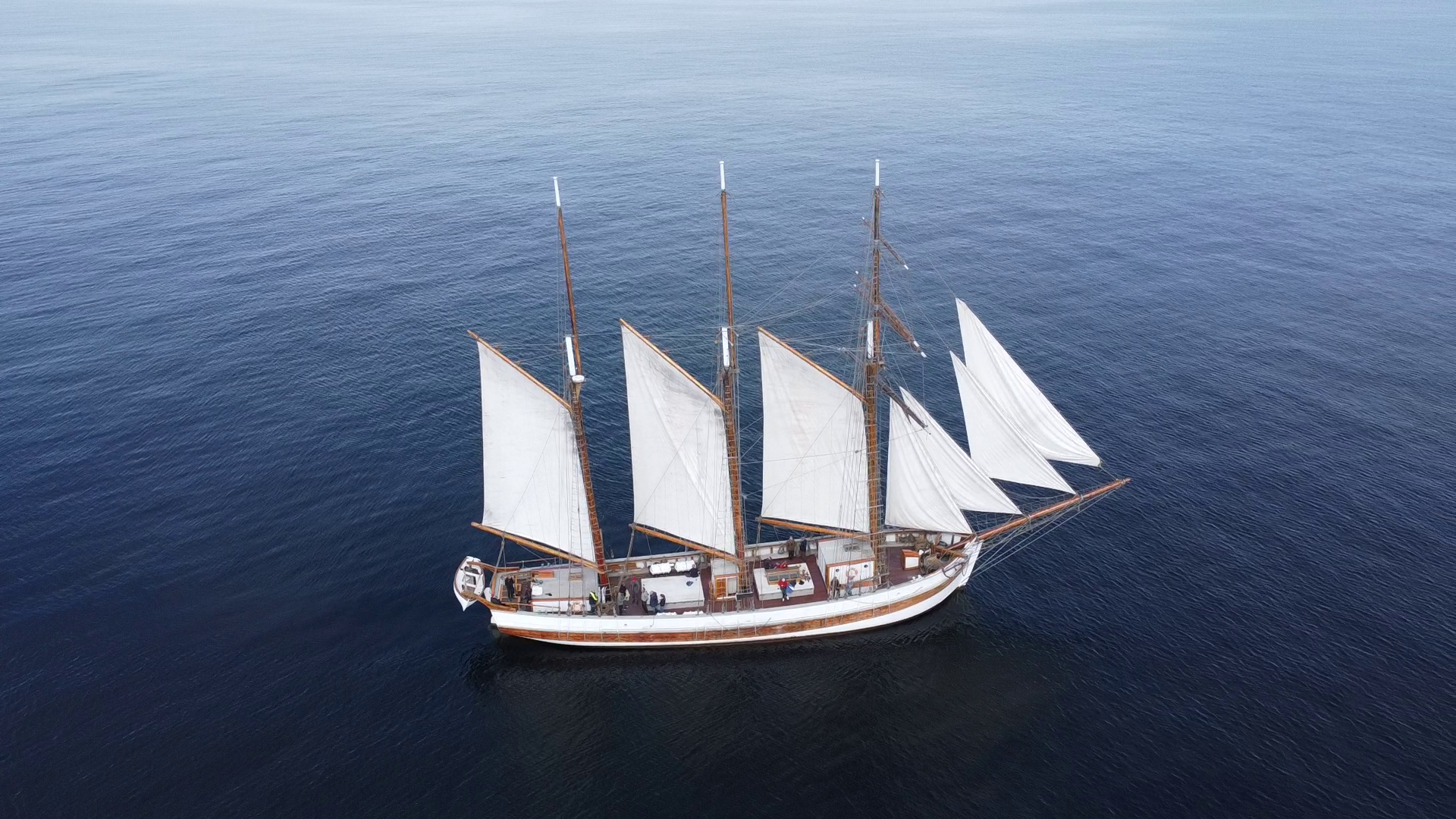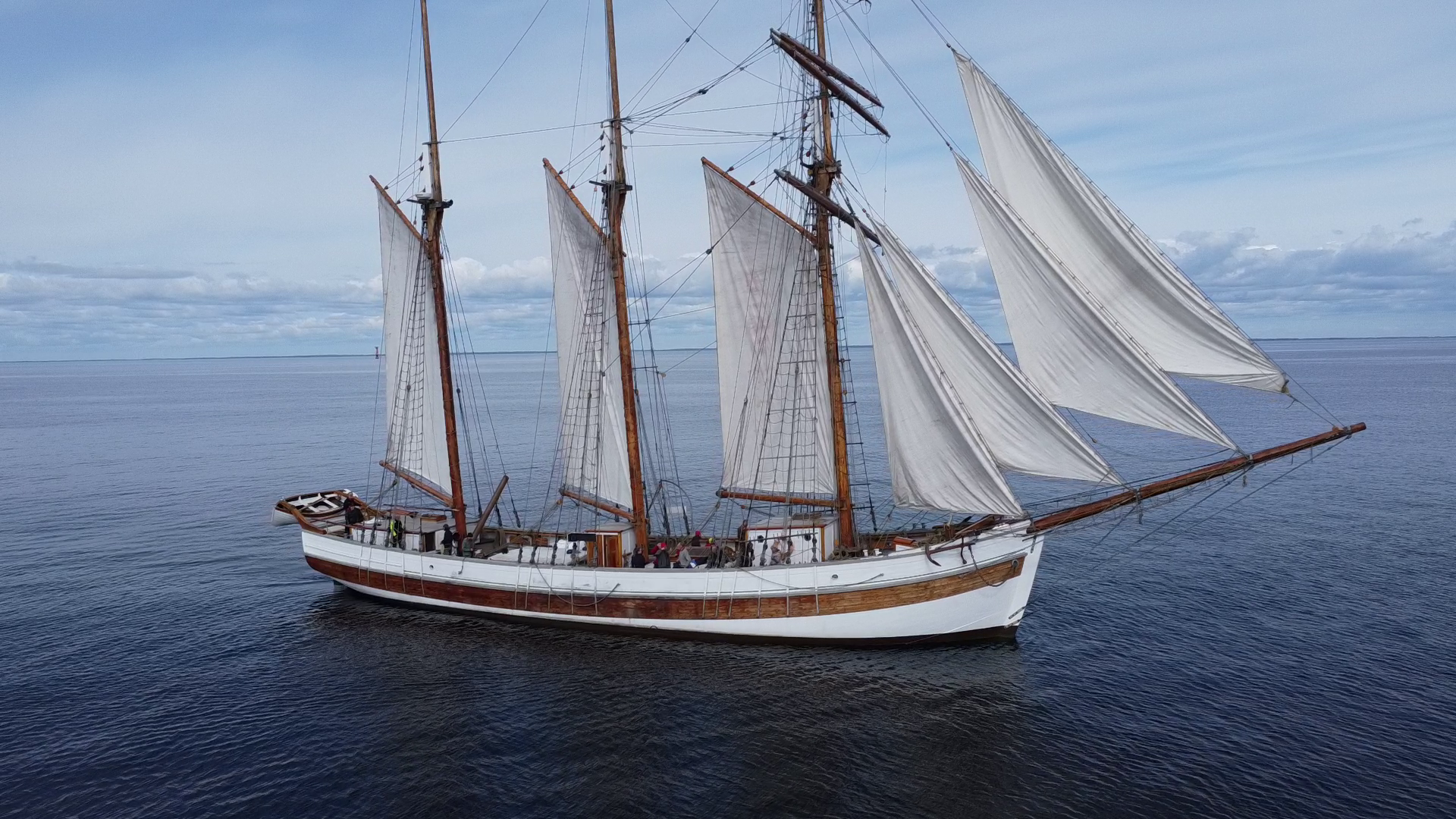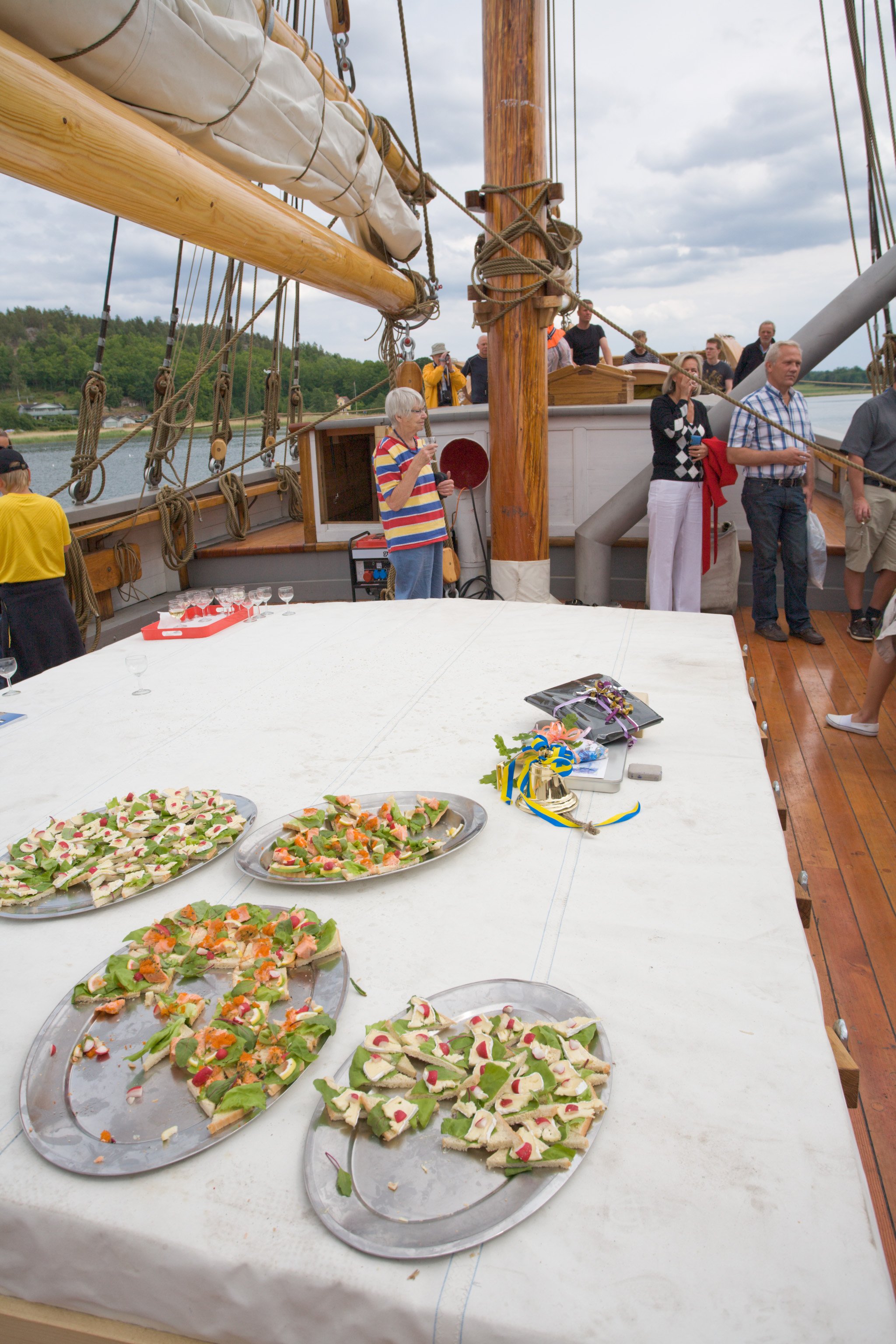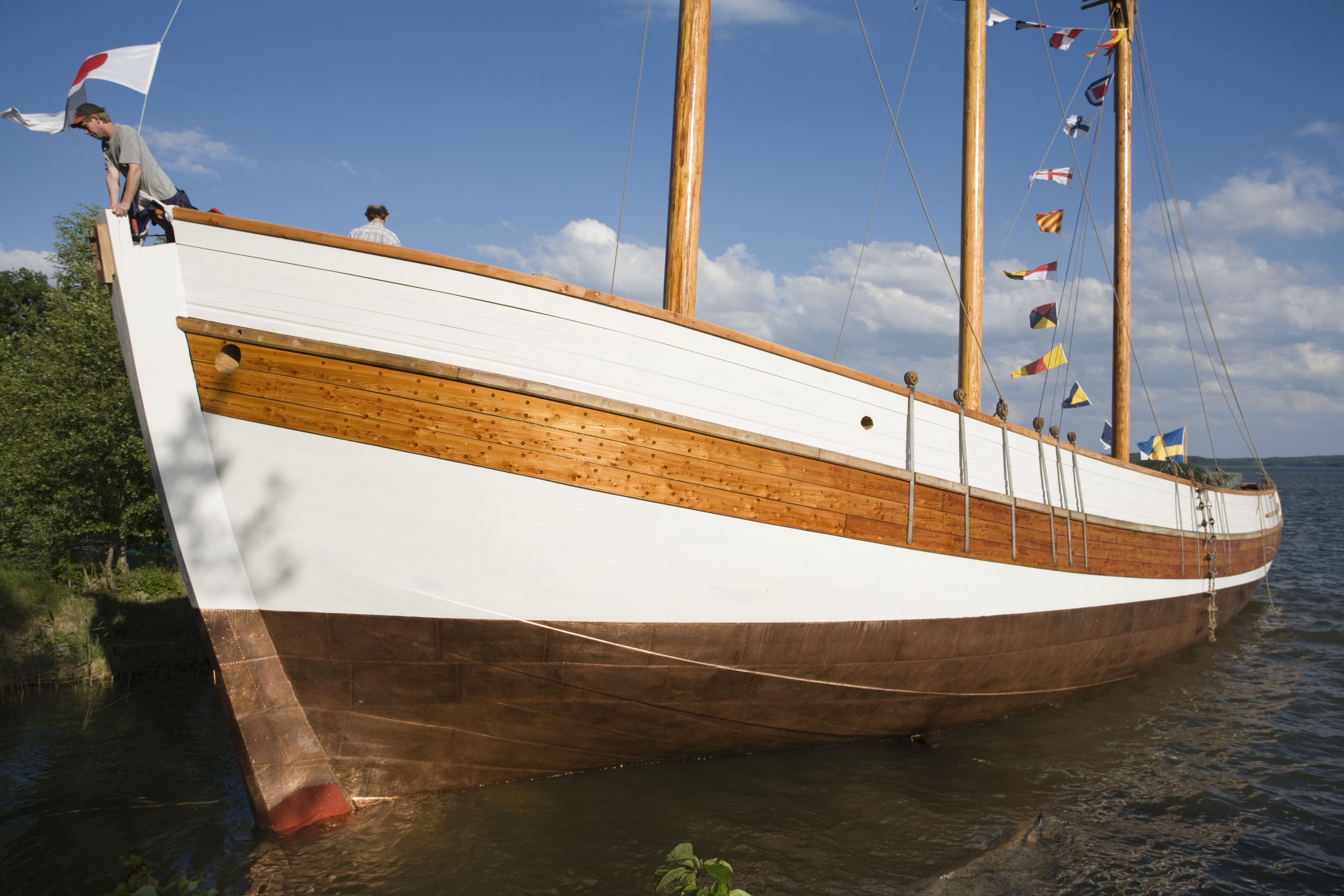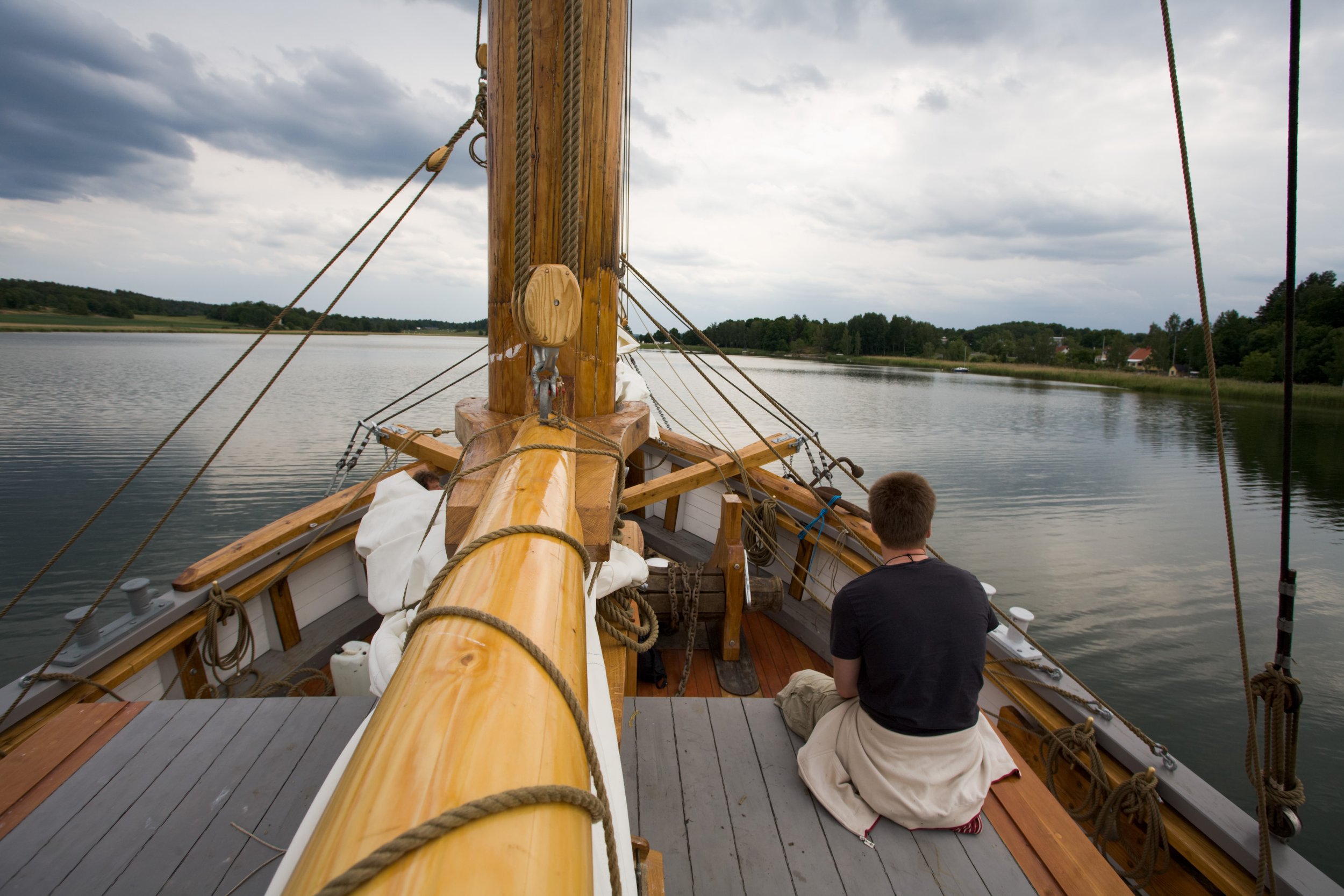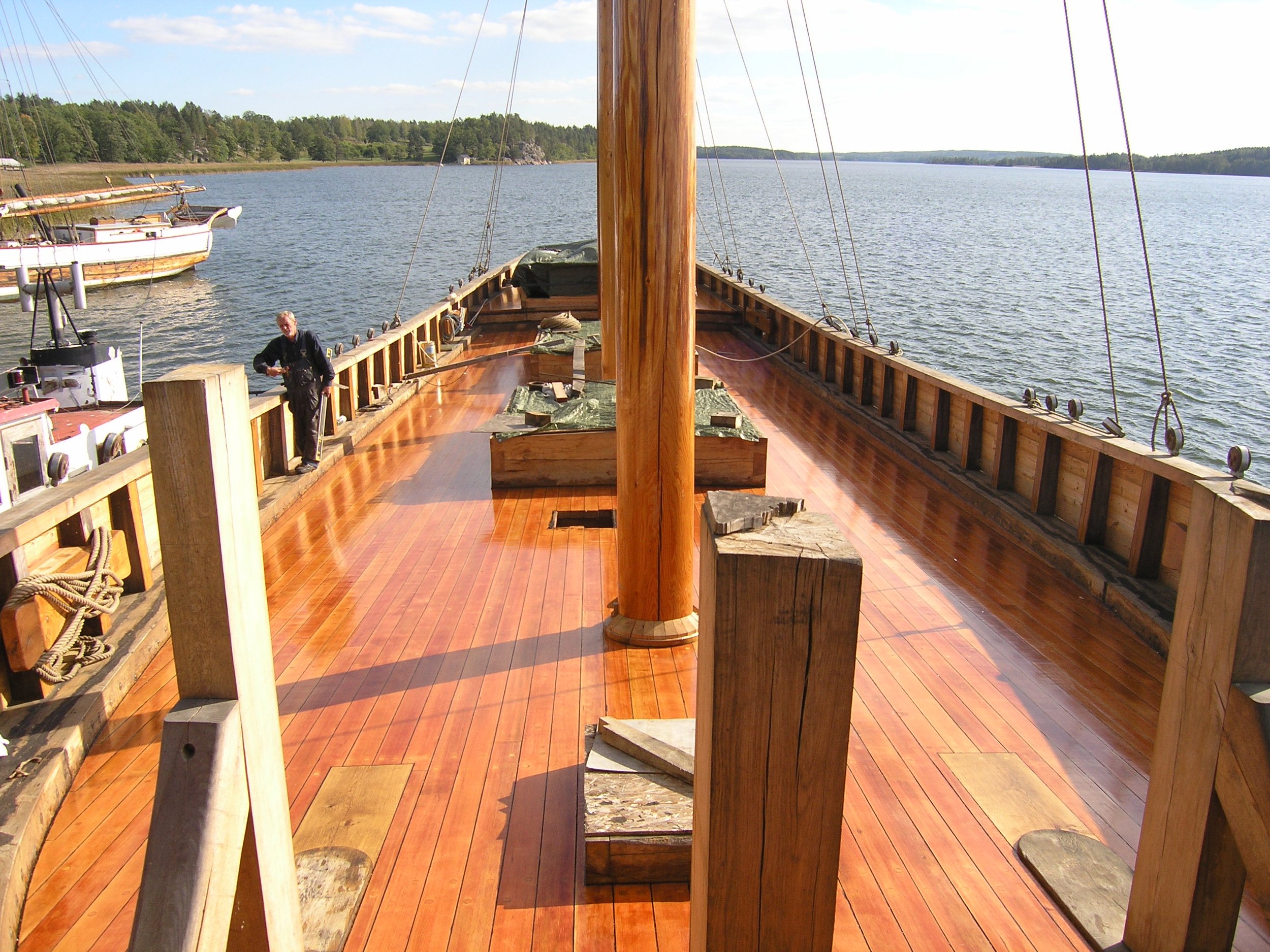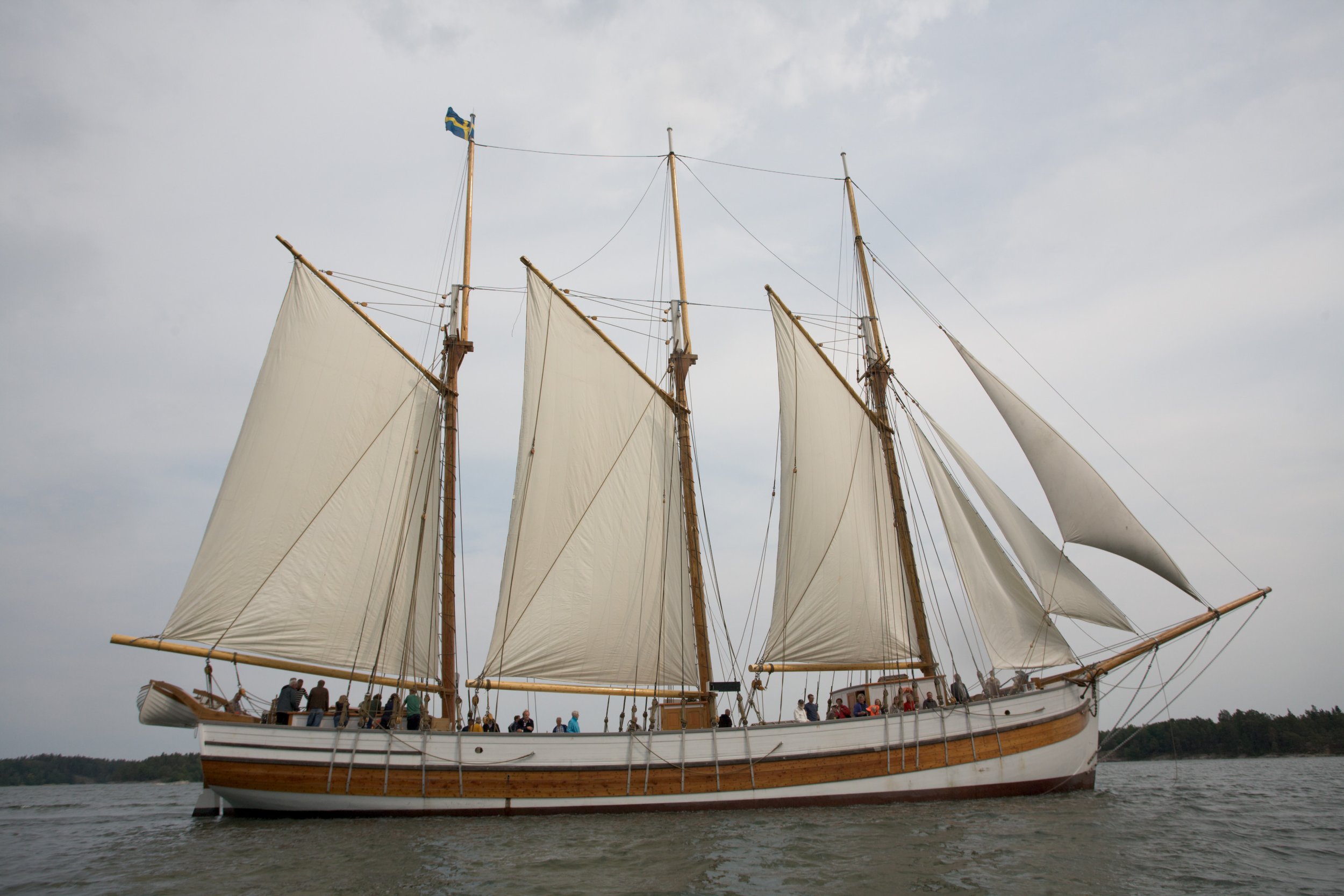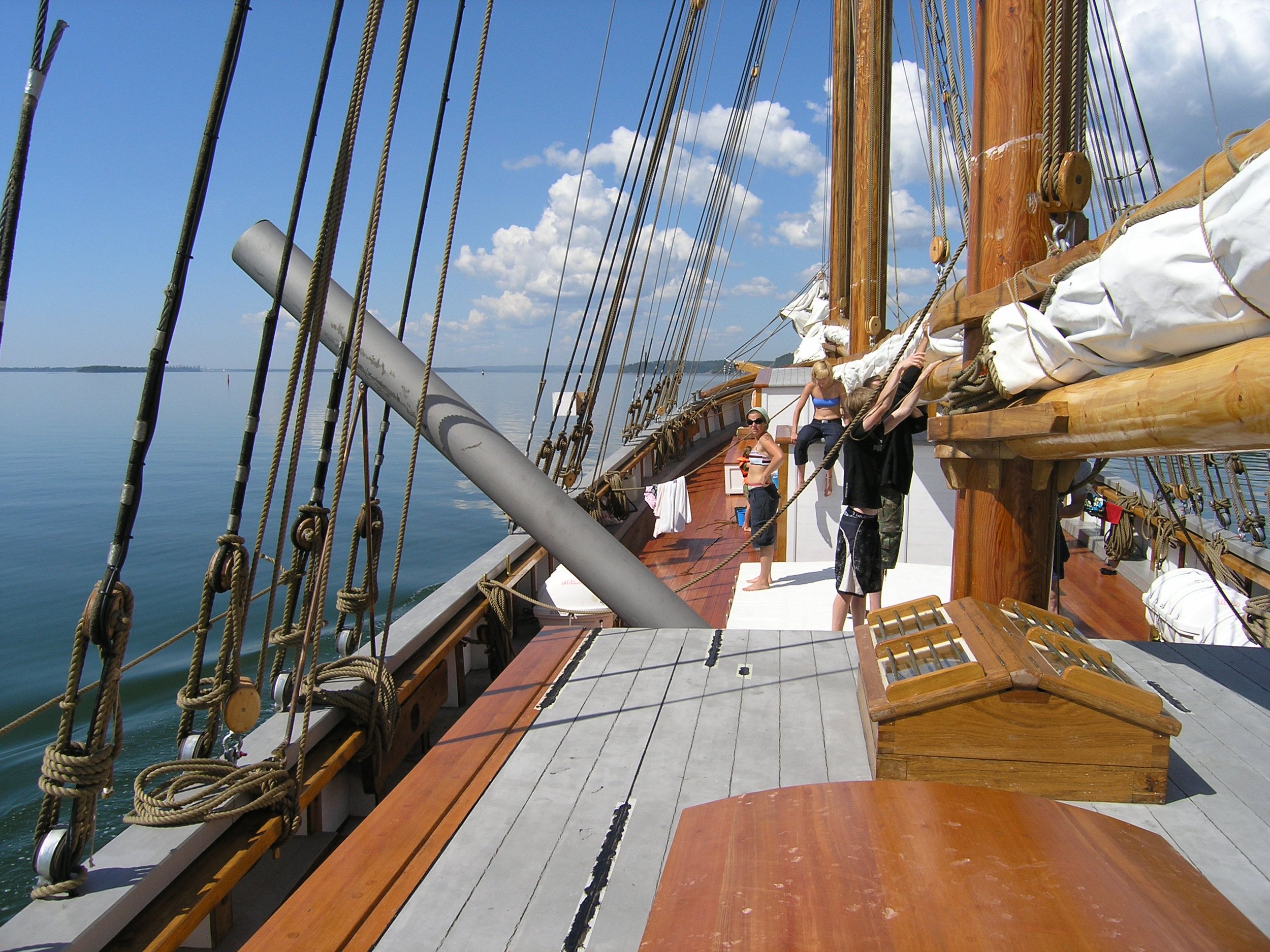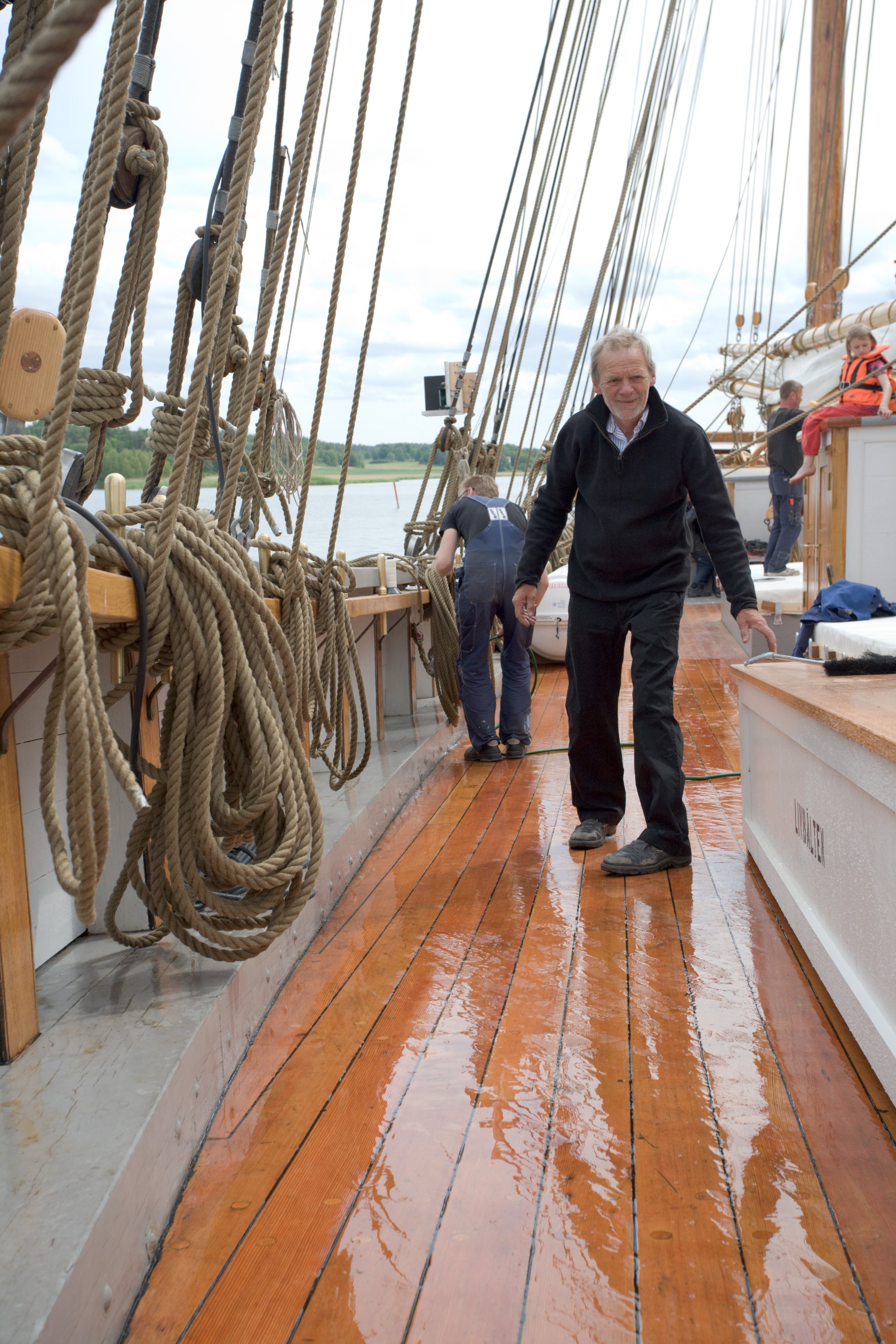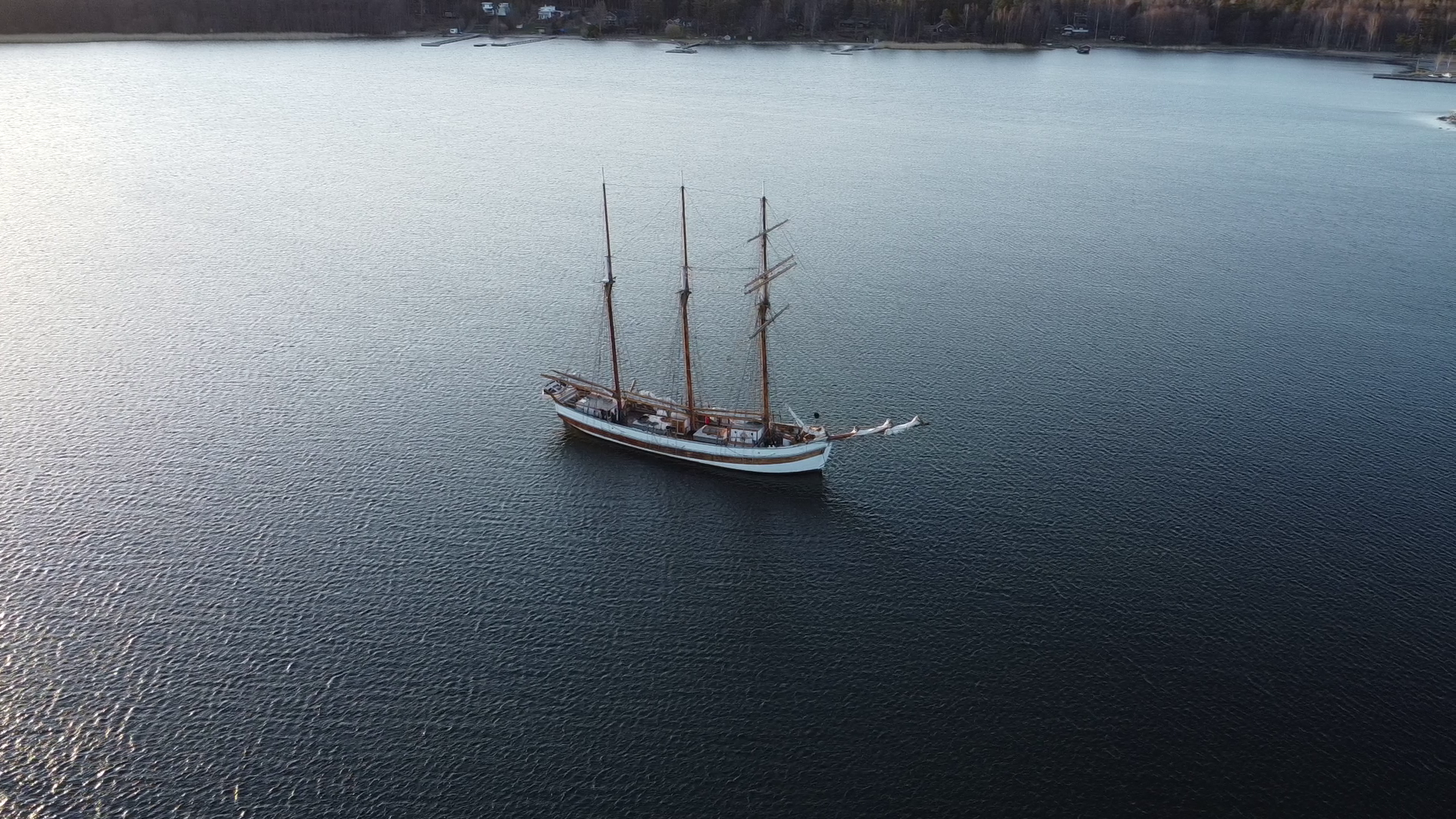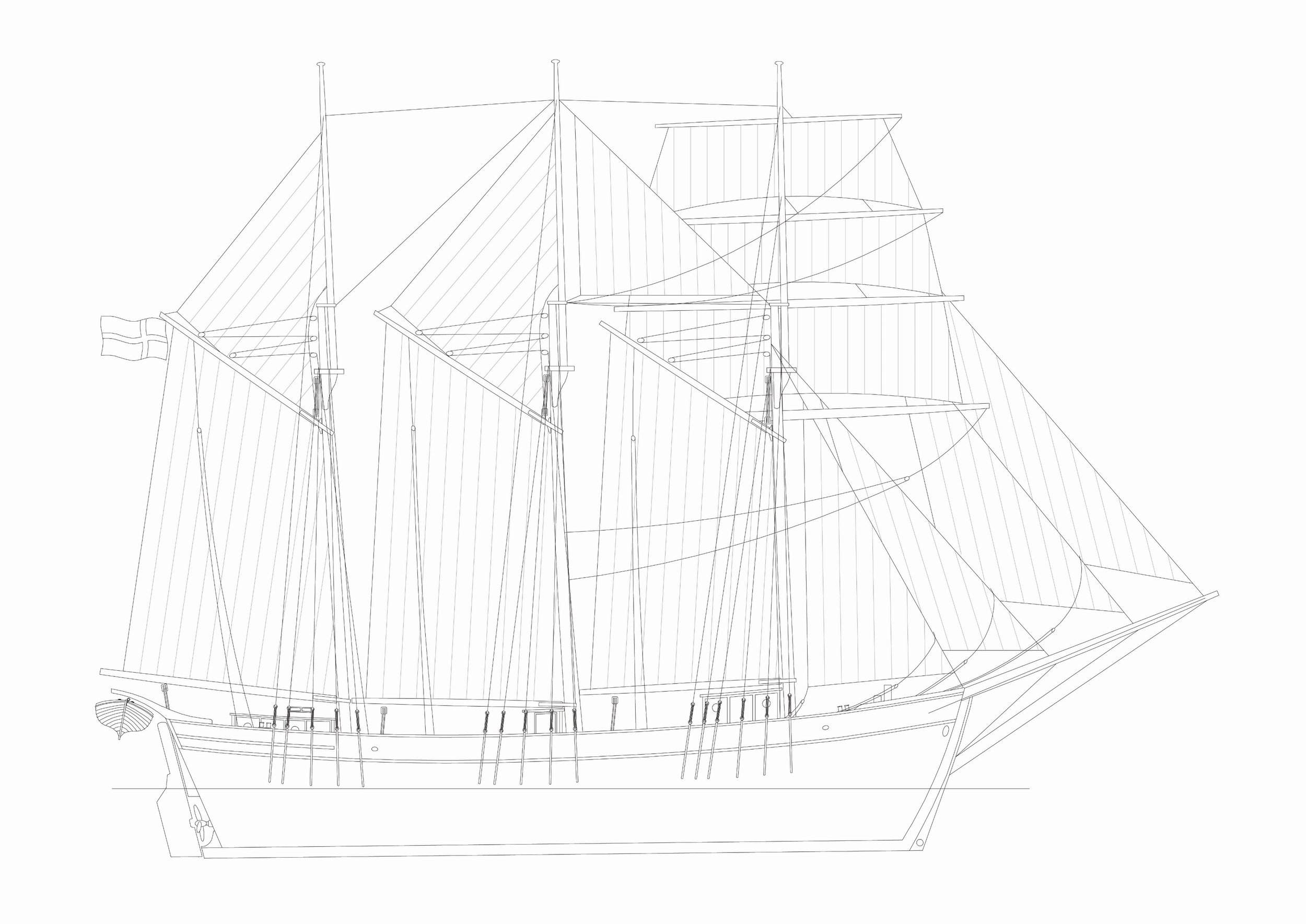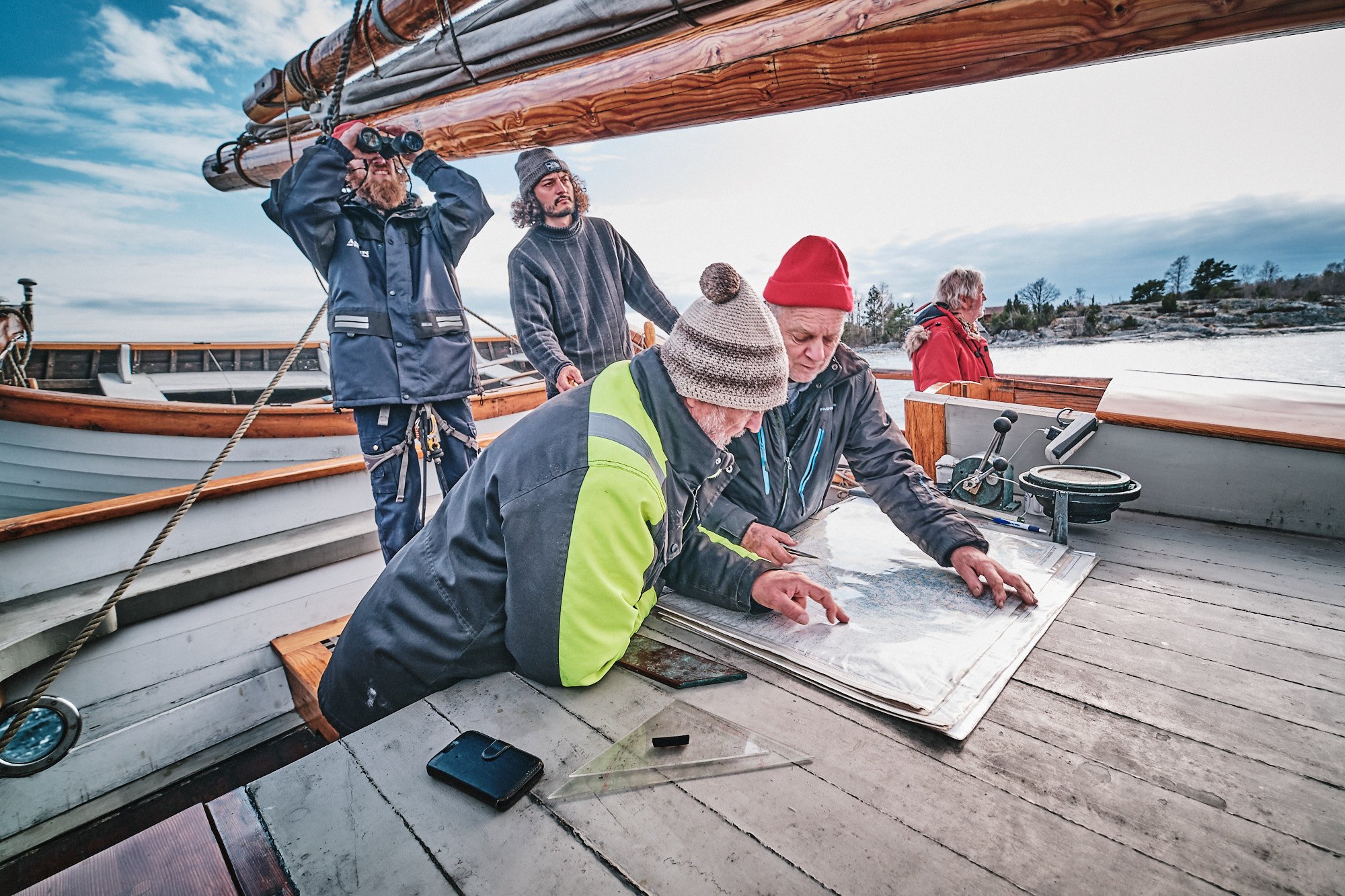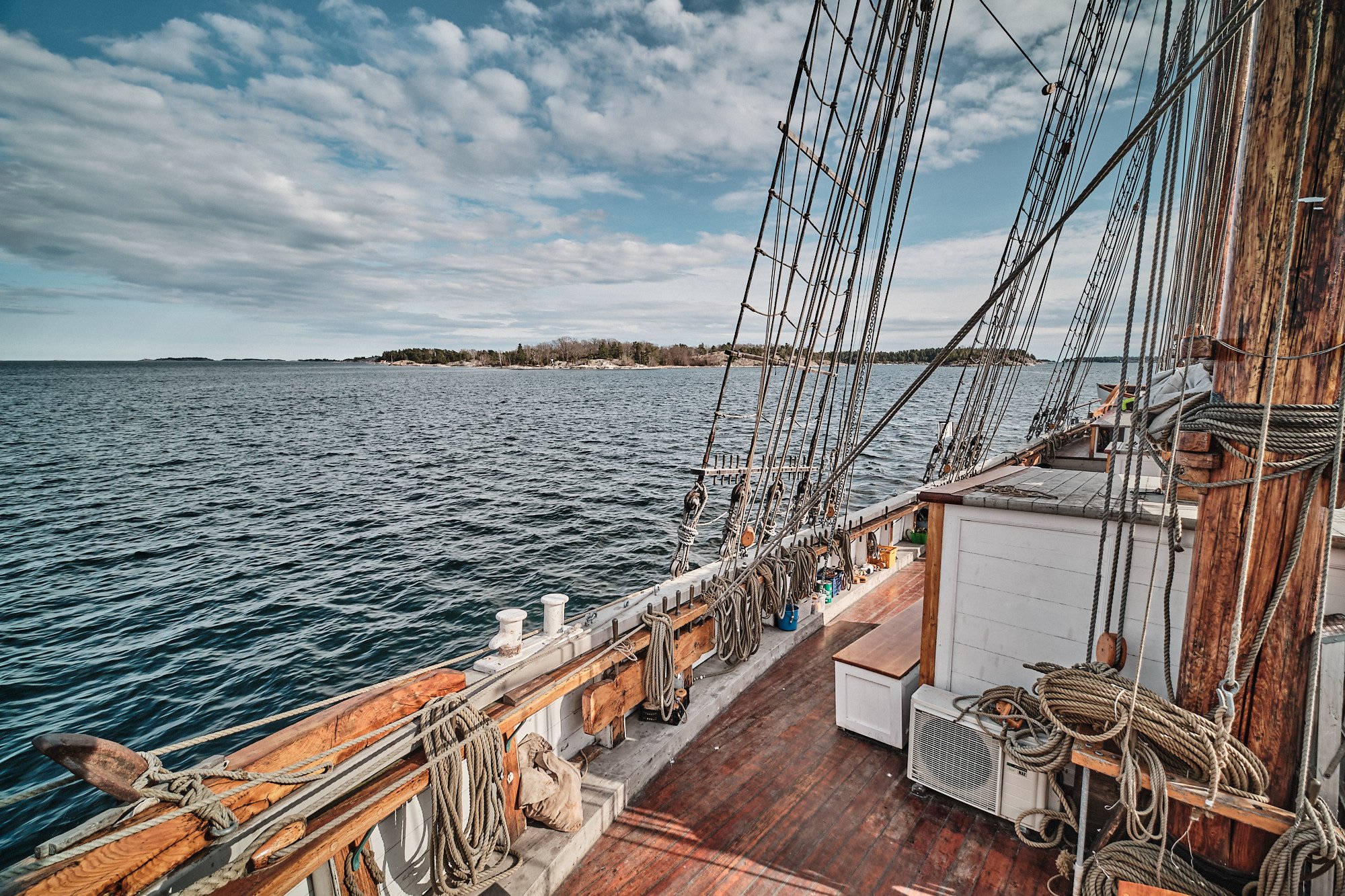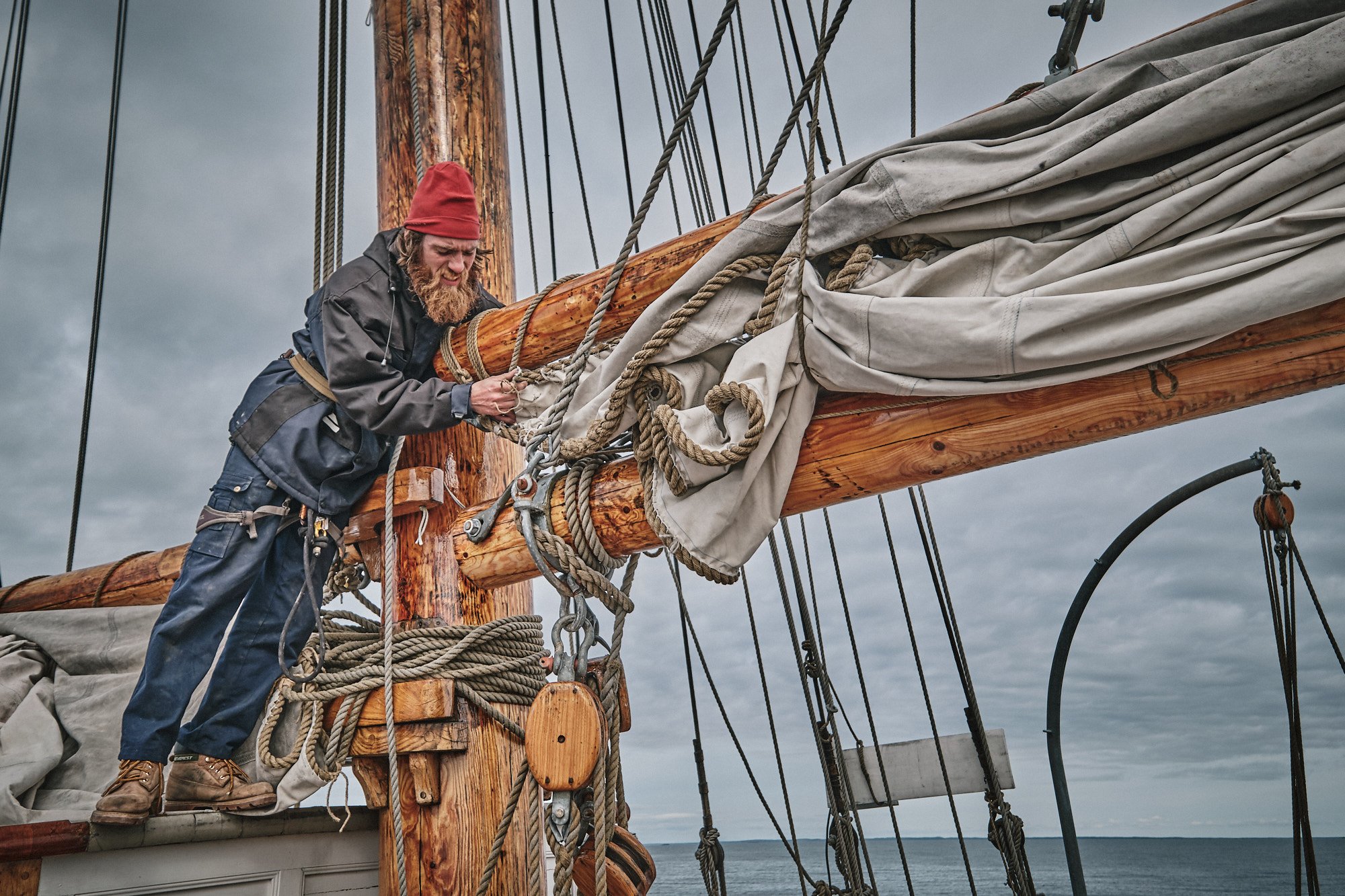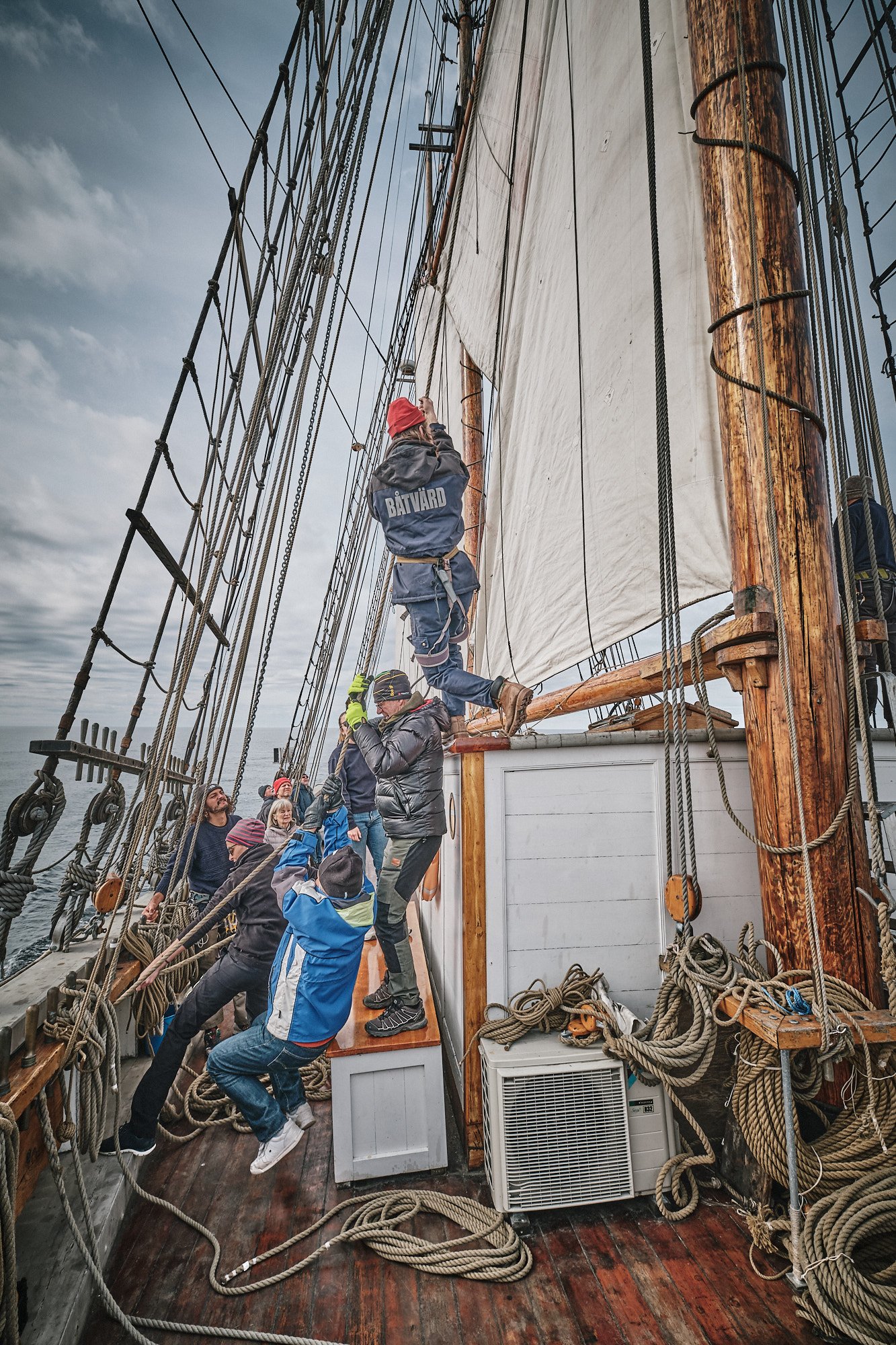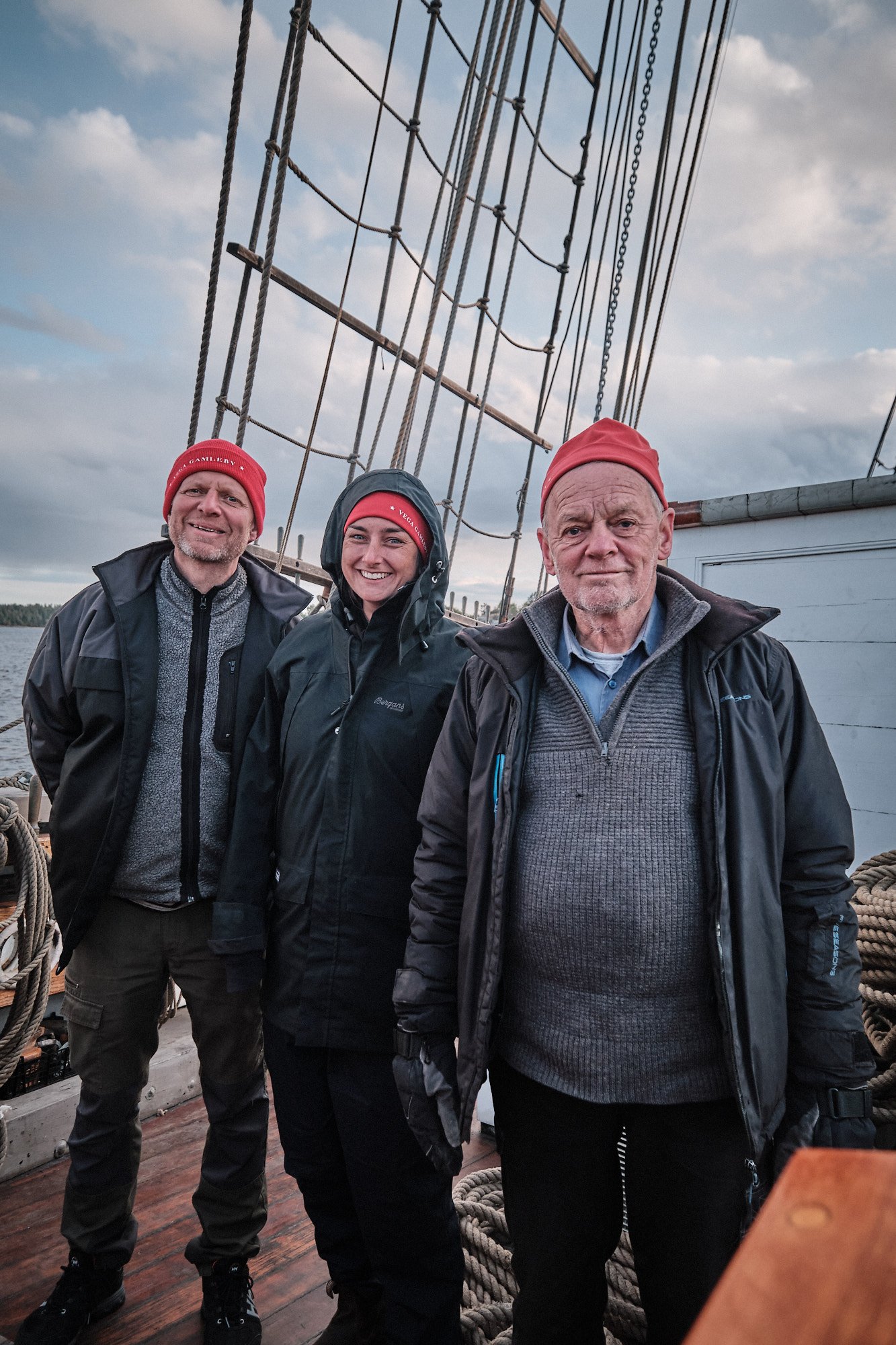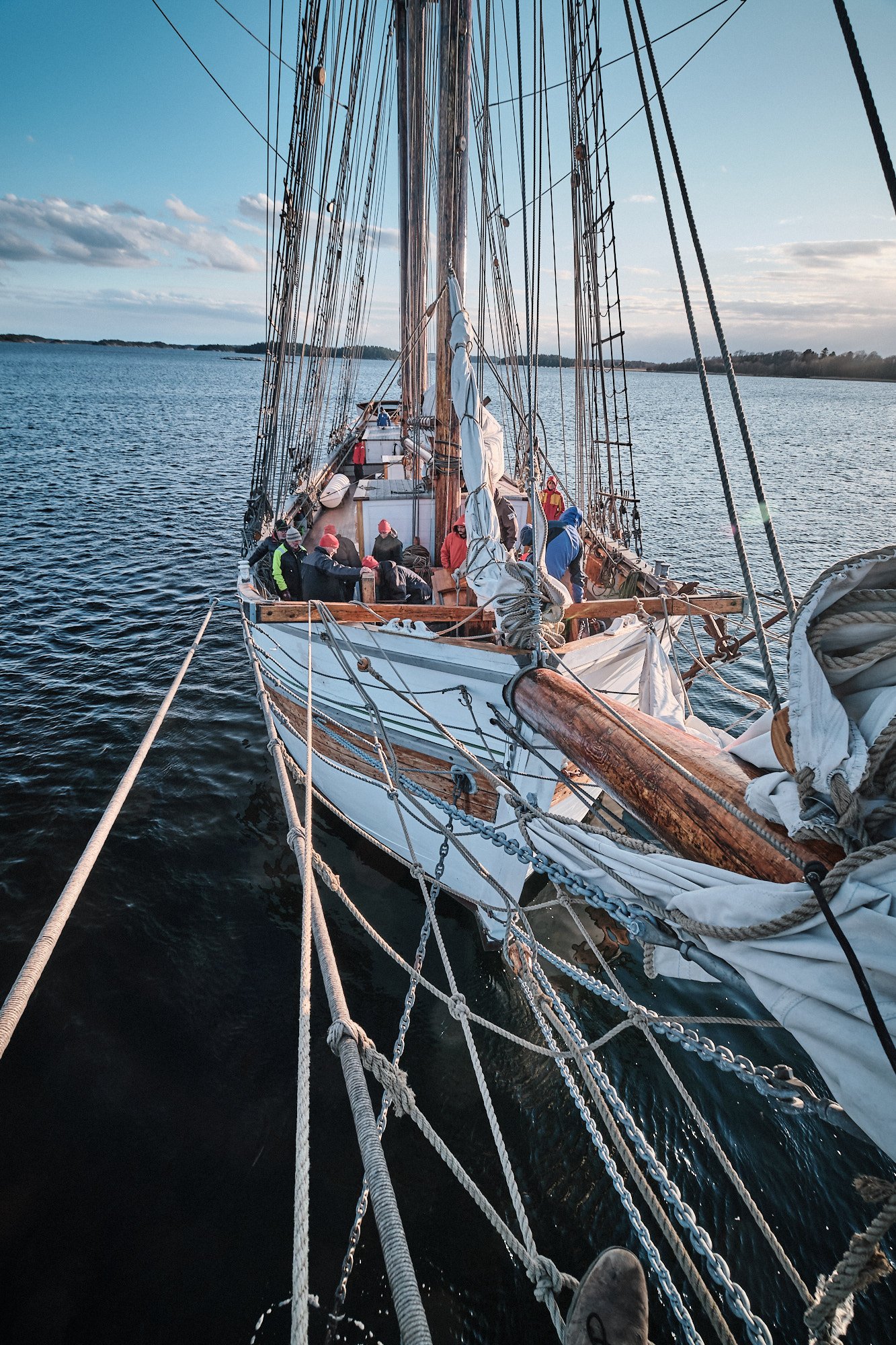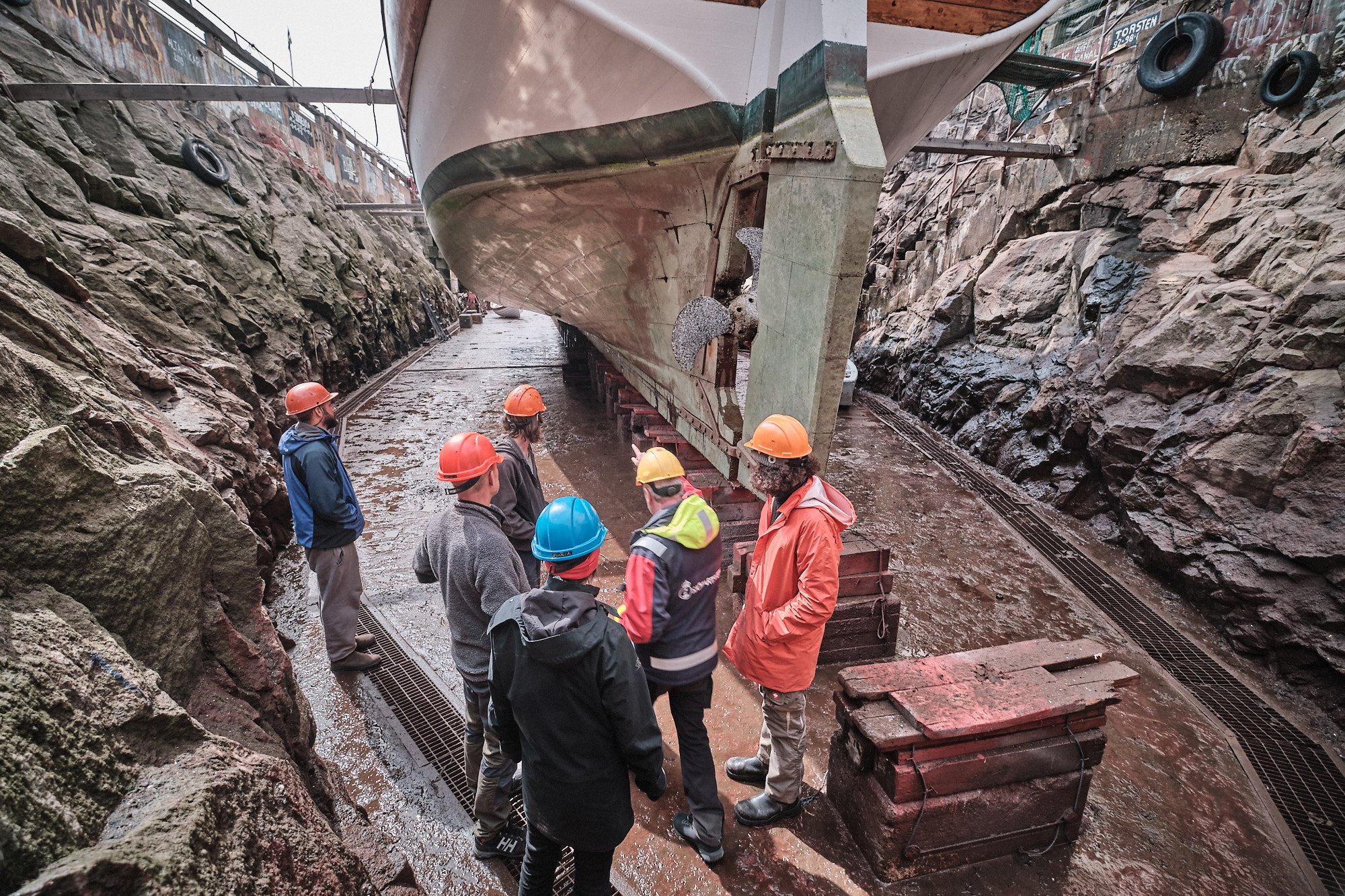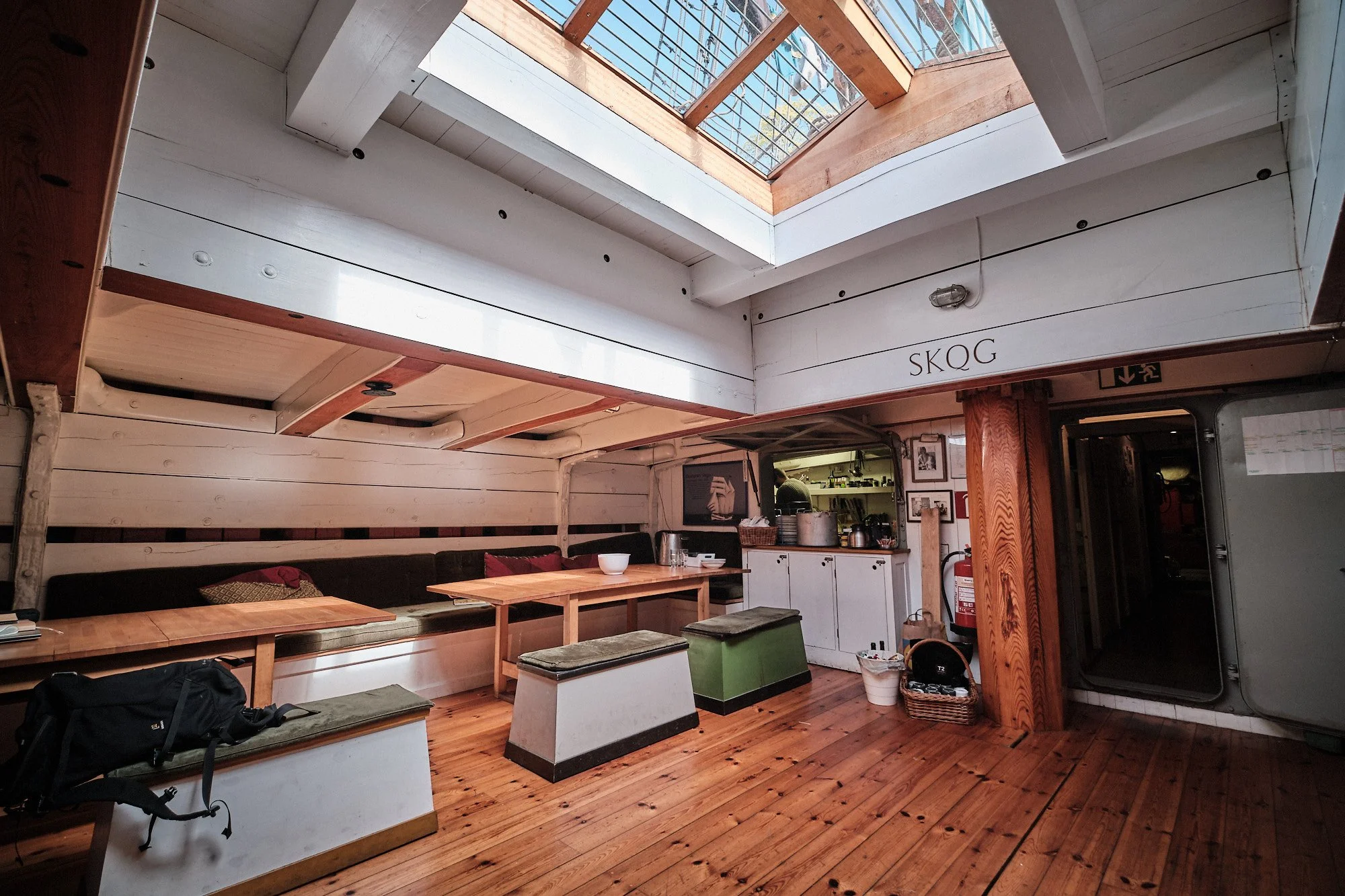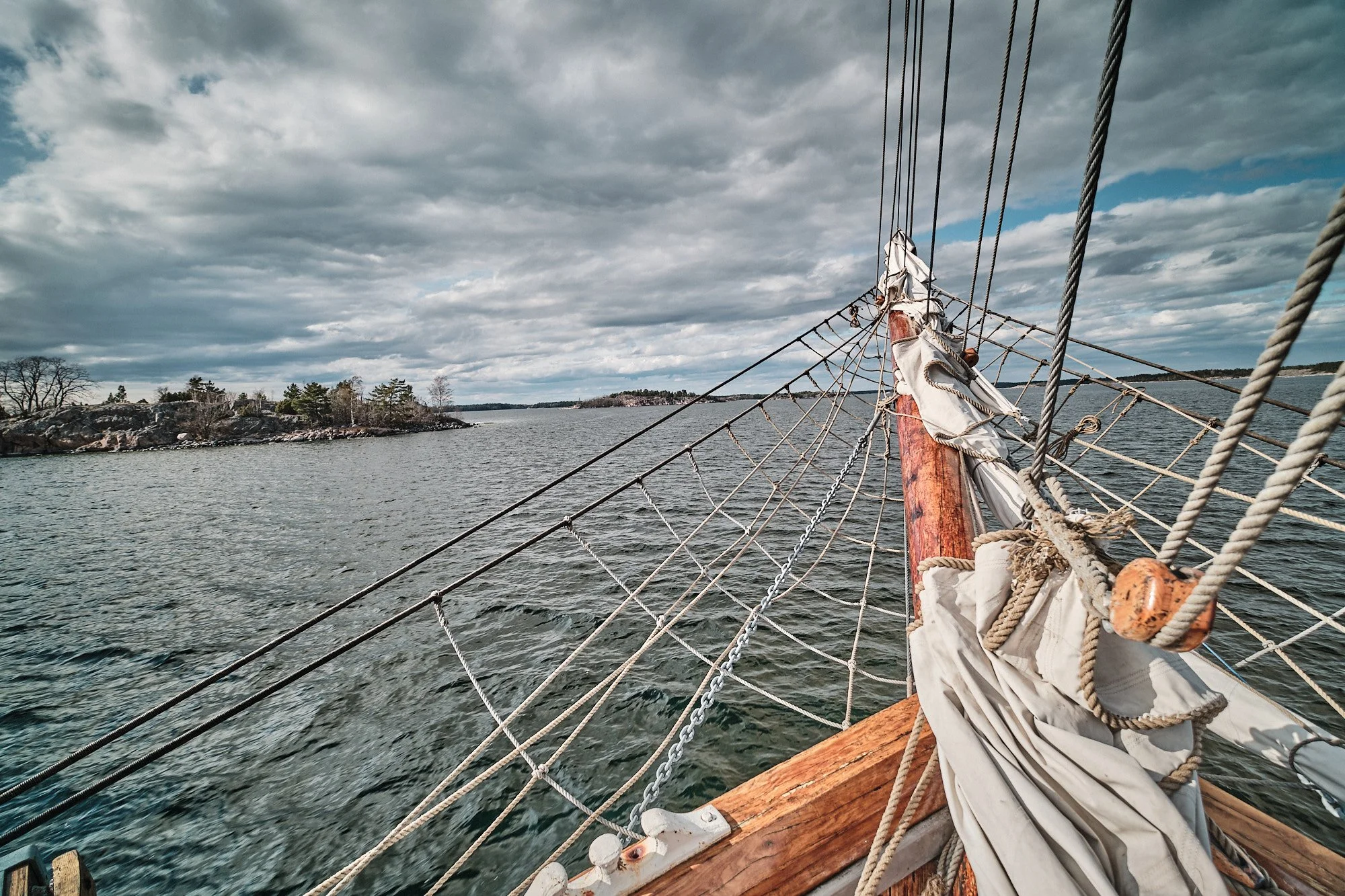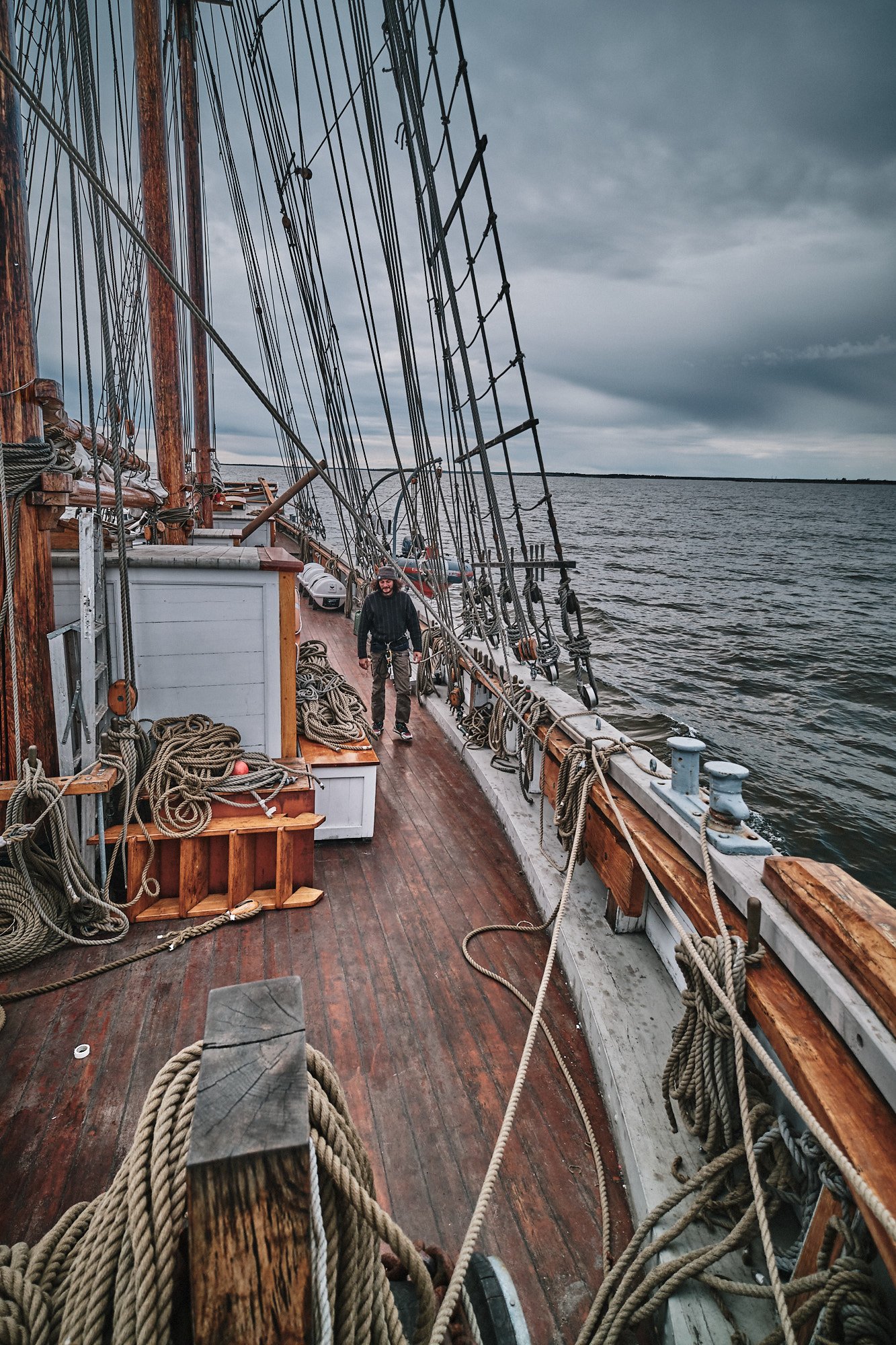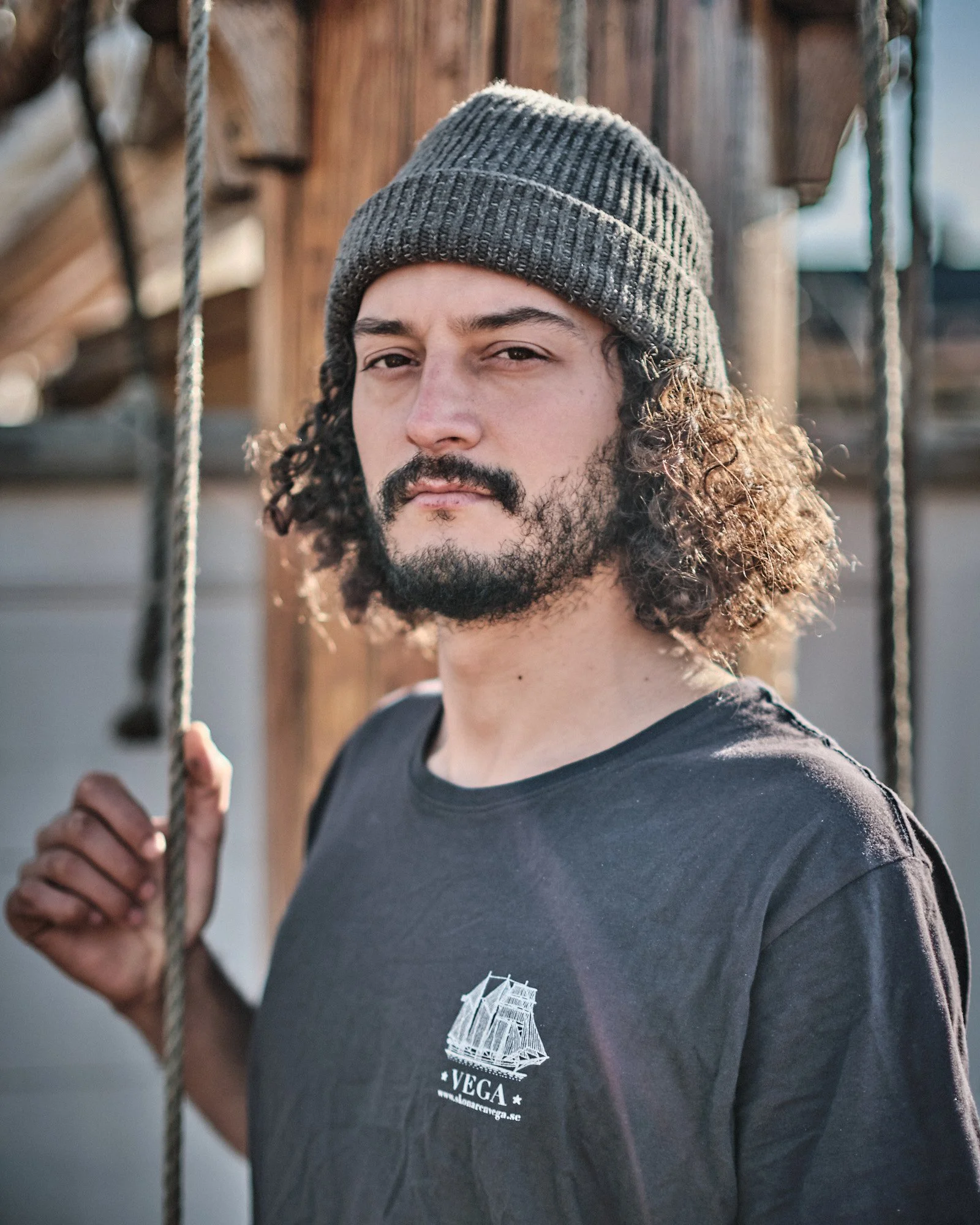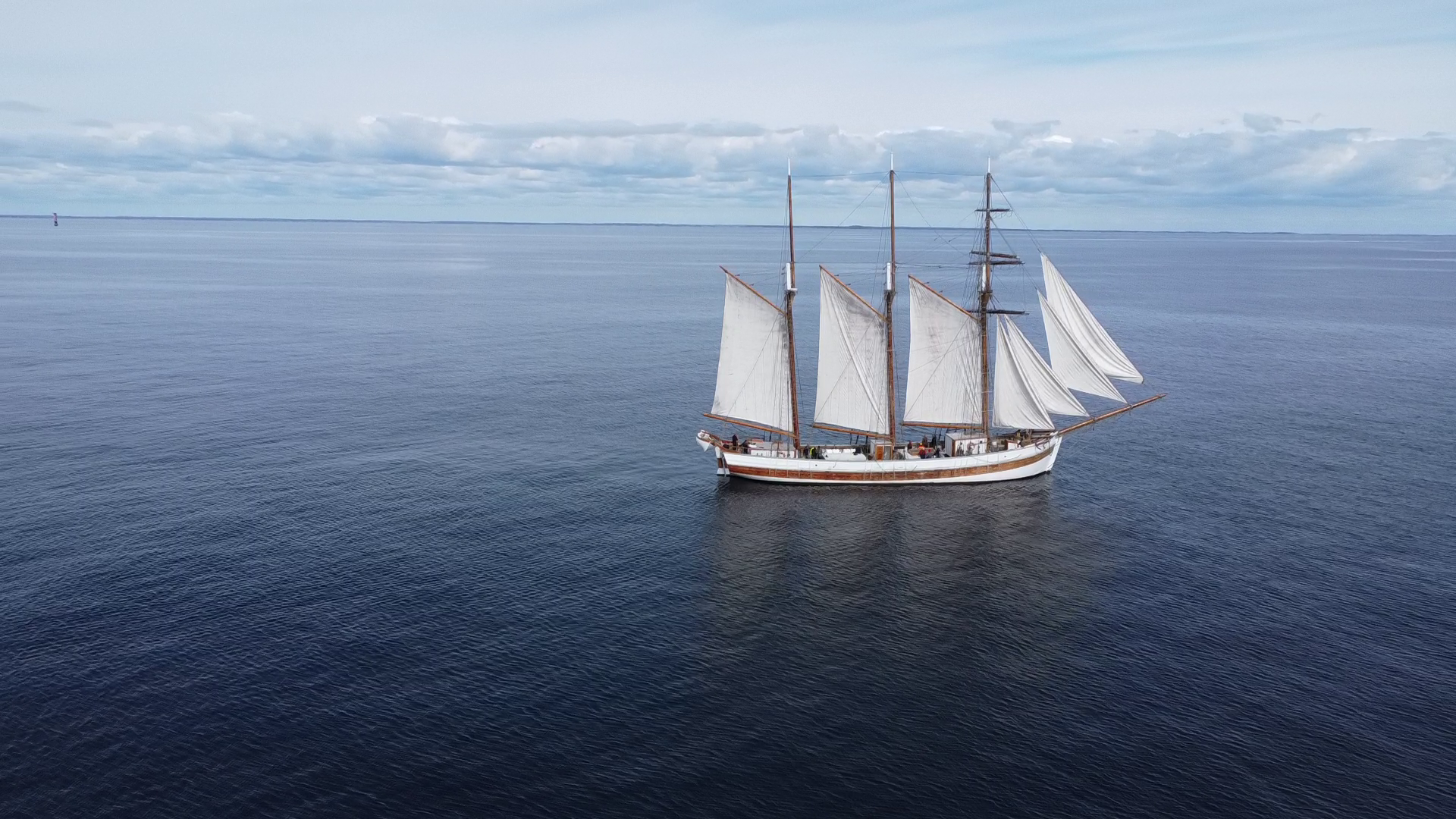
Hello, Vega!
An introduction to Vega from SAILCARGO shipwright Pablo Cruz
May 4, 2022
My name is Pablo Cruz and I’m a shipwright from the UK. I first got involved with SAILCARGO INC. in 2019, after a good friend of mine from Falmouth Marine School sent me a photo of himself standing on Ceiba’s very first frame. I couldn’t believe my eyes. I hadn’t heard of the project at the time, but I felt Ceiba was calling me. After a few months of emails and phone calls I found myself in Costa Rica with my tools ready for action.
During my first stint at the shipyard I helped build the majority of Ceiba’s frames. It’s hard to put in to words just how satisfying it is to watch the ship take shape, week after week, frame by frame. I have 8 years’ professional experience as a boat builder, and this part of the build is a personal favourite. I try to spend my time working on as many large wooden ships as possible, often returning to a few choice projects. After nearly a year working on Ceiba I took a break, only to serendipitously return sooner than expected.
In November 2021, I met Danielle Doggett (CEO and founder of SAILCARGO INC.) in London after she presented at the COP26 climate change conference. It was great to catch up and show her around my neck of the woods. We toured the Golden Hinde which is a full scale reconstruction of Sir Francis Drake’s galleon that I have been in the process of restoring for the last three years.
A few days prior I was asked if there was anything preventing me from going to Sweden. I replied, no – only Surströmming (canned fermented fish). Talking with Danielle over a meal in my local pub (thankfully not fermented fish) she asked me if I was interested in a secret assignment. Of course I said yes.
I was to complete an unofficial survey of the family built Swedish cargo schooner Vega. Is she seaworthy? Is she suitable for sailing cargo for several years without a major refit? I was a little apprehensive about inspecting such an impressive ship yet with my experience building other large wooden vessels I felt up to the task. I consulted with several professional surveyors and brought along a highly skilled mentor of mine who specialises in traditionally built ships.
Of course Vega had to be structurally sound, but more importantly Danielle wanted to know about the details of the vessel that couldn’t be seen. She wanted the ship to be treated with the utmost care and respect. She told a warning story of another restoration team that found a bottle of rum, hidden deep in the body of a ship. Without thinking the rum was drunk and when the owners found out all hell broke loose. They say the spirit of the ship died that day. She wanted to be certain nothing of the sort was to happen again.
After packing my bags with a few choice tools and doing some preliminary research, I headed to Stockholm. My colleague and I were greeted at the airport by two brothers from the Bergström family, holding a plaque with my name, a very welcomed greeting. On the drive to Vega, I got a taste of what was to come. The incredible amount of knowledge, detail and history the brothers (co-owners and builders of the ship) had to offer me was astounding. I quickly began to take notes. I knew right away this ship was going to be special and I had a very good feeling. They answered all of my questions and then some. To them, Vega is clearly more than just a ship
Vega in May 2022 docked at her home port of Västervik.
Vega is an old girl, first built in 1909 in Viken, Sweden. She was used for many years as a pure sailing cargo ship until 1932, when the first auxiliary engine was installed. She’s had a long and storied history as one of the last Swedish built three-masted schooners in existence. Most of her life she was a working vessel, until as most large wooden ships, she was neglected and left to rot.
Their father, Egil Bergström, rescued the magnificent Vega from Stockholm harbour in 1985. The ship was in a severe state of decay and was half sunk. She was ordered by the city to be scrapped but Egil saw a different future. As a family, with his wife and four sons (and a master shipwright thrown in for good measure), ownership was transferred to the Bergström family and a full scale restoration began. Over the next 15 years they worked to build their future. From the keel up Vega is an essentially new build, with only around 15% of the original vessel remaining. This consists of the keel, a few aft deadwoods, aft sections of frames and a couple lower planks.
The rebuild by the Bergström family is sublime. The craftsmanship and subsequent maintenance is of a show stopping construction. To me Vega is an exemplary vessel of just how good a wooden boat can be. Everything has been done with the finest materials available and with care and love that only a family can offer. Their philosophy is that it takes a long time to rebuild a ship and they didn’t want to do it again!
For the last 12 years Vega has served as a sail training vessel in the Tall Ship Races, winning several times with a voluntary crew of up to 48 people.
Vega is planked in local Swedish larch on oak frames, with a very heavy duty oak centreline construction and deck of clear vertical grain Douglas fir. Almost all of the fastening are copper or bronze, with no ferrous metals below the waterline. Her planks are held in place with a variety of copper nails, bronze bolts and treenails. The frames are double sawn and made of two layers of 7” (~17cm) futtocks. These are even larger than Ceiba’s beefy scantlings. This is very robust and as a shipwright, highly reassuring. Diagonal copper strapping is inlaid between the frames and planking; similarly between the top beams and decking. This adds incredible rigidity to prevent any hogging or sagging (deformation of keel and hull, causing the sheer line to either bend upwards or downwards in the centre). In Sweden, they call a hogging ship a Kattrygg, which literally translates as ‘a cats back’. No one wants their ship looking like a scared cats arched back!
Throughout the ship you can see beautifully curved grown oak knees, breasthooks and quarter knees as well as many laminated ones. Everything on the ship is of substantial construction. Vega was built to an old Swedish register that calls for even more strength than Lloyds. The ship is partitioned by five watertight bulkheads, around 5” thick and made up of four layers of planking, vertical on the outside layers with a double diagonal core. There are also lots of visible wrought iron hanging knees, taken from an old fishing ship during Vega’s original construction. It is believed they could be over 200 years old. Each one was custom forged to Vega’s new shape, then galvanised and powder coated. Everything in this ship is built to last.
The rebuild by the Bergström family is sublime. The craftsmanship and subsequent maintenance is of a show stopping construction. To me Vega is an exemplary vessel of just how good a wooden boat can be.
Below the waterline the hull is sheathed in copper, with the wooden planking bedded with tar soaked polypropylene sheeting. This copper sheathing offers a few distinct advantages. It helps minimise galvanic action and protects the hull from worm invasions and weed growth. The planking on the deck has also received the utmost protection. The quarter sawn Douglas fir decks were soaked in a raw linseed oil and turpentine mix for one hundred days straight! The earlier mixes had more turps to aid the saturation process, and the family estimate that the deck alone has drunk more than 800 litres of raw linseed oil. This has aided to protect the deck for many years and helped prevent shrinking and movement which could cause leaks. There has been an incredible attention to detail given to Vega.
Overall, Vega is in incredible condition but there is always more work to be done. She is after all a wooden ship. It is now May 2022 and I have returned to Sweden for some routine maintenance to prepare Vega for the trans-Atlantic delivery. I have also been given the opportunity to sail on-board as a deck hand. Something I am truly truly grateful for. Since becoming involved with wooden ships after university, I have spent most of my time working on different boats, honing my skills and deepening my knowledge of the shipwright’s trade - leaving very little time for much else. For years I have been dreaming of sailing across the Atlantic, and now the opportunity has presented itself. Preparations are being made for the next chapter. Until next time.
Pablo
Pablo Cruz sailed aboard Vega for three days to learn more about the ship.
Inspecting the wooden planking underneath the copper sheathing.
Vessel name: Vega Gamleby
Year of construction: 1909
Years of restoration: 1993-2008
Current weight: 235 tons
Cargo Capacity: 148 tons (approx.)
Length: 30 metres (42 metres including bowsprit)
Width: 7.82 metres
Current draught: 2.7 metres
Sail area: 650 square metres (14 sails)
Height above water: 27 metres
As of May 4, Vega is in dry dock for routine hull cleaning and maintenance.
Pablo Gilmor Cruz, Shipwright for SAILCARGO INC.
If you are interested in supporting the purchase of Vega please email the address below.
